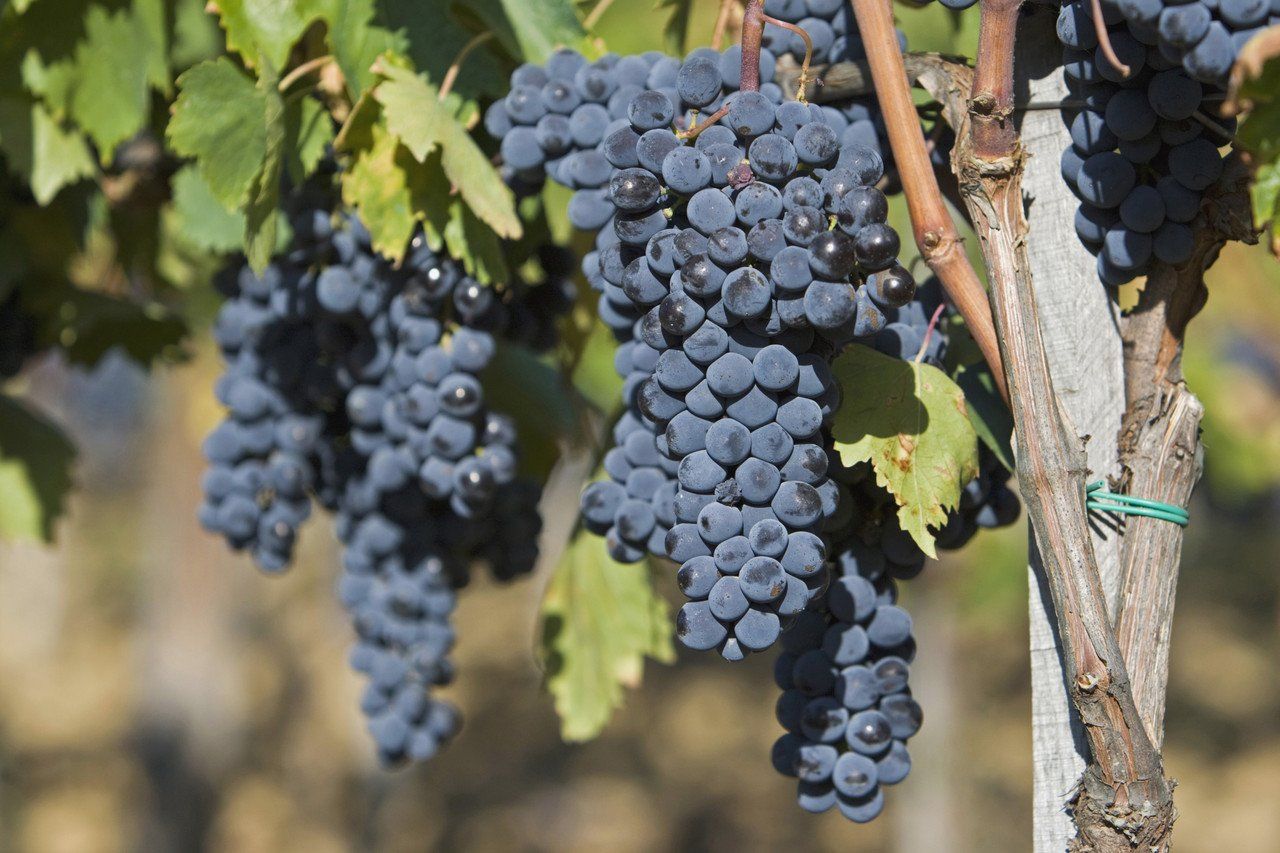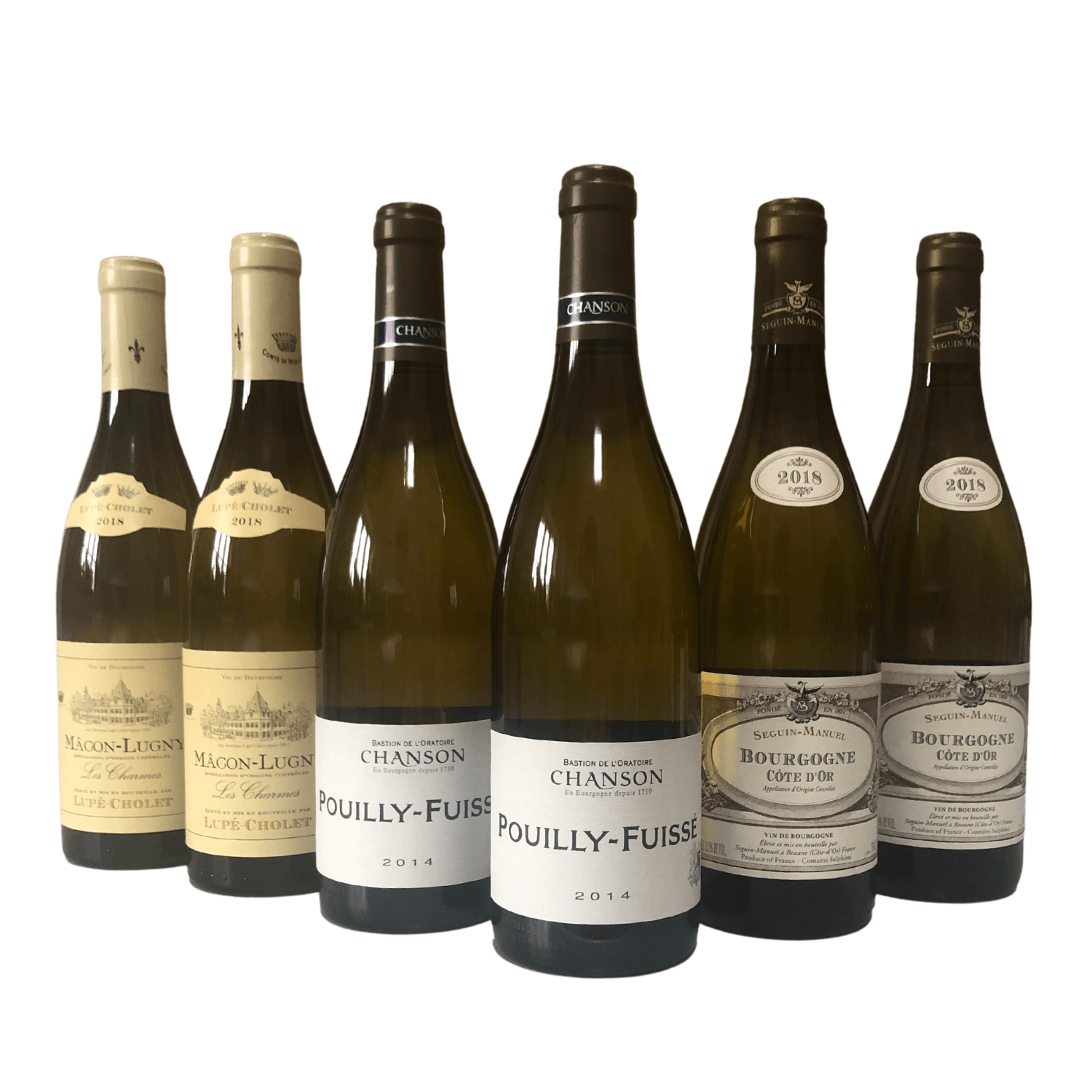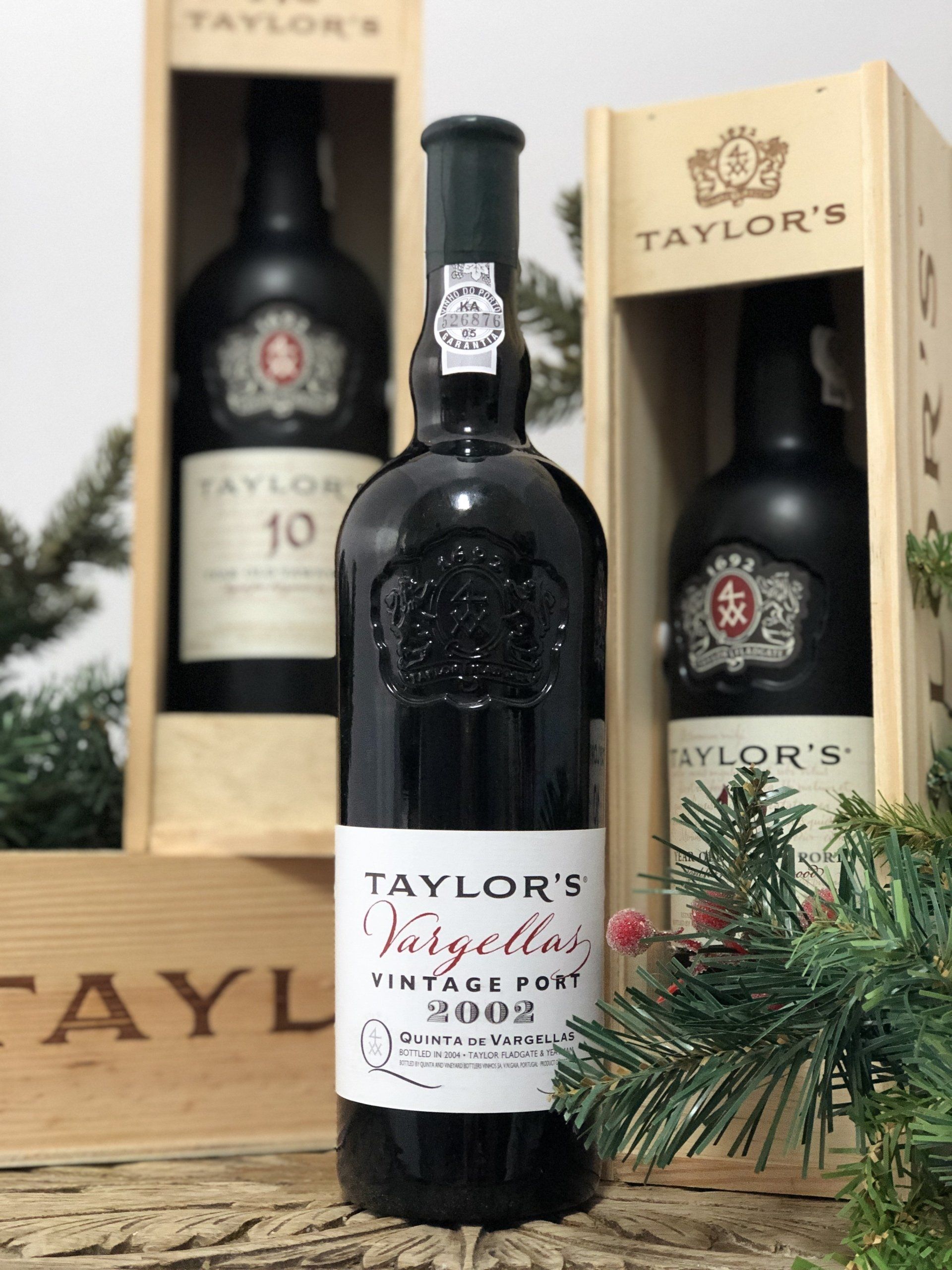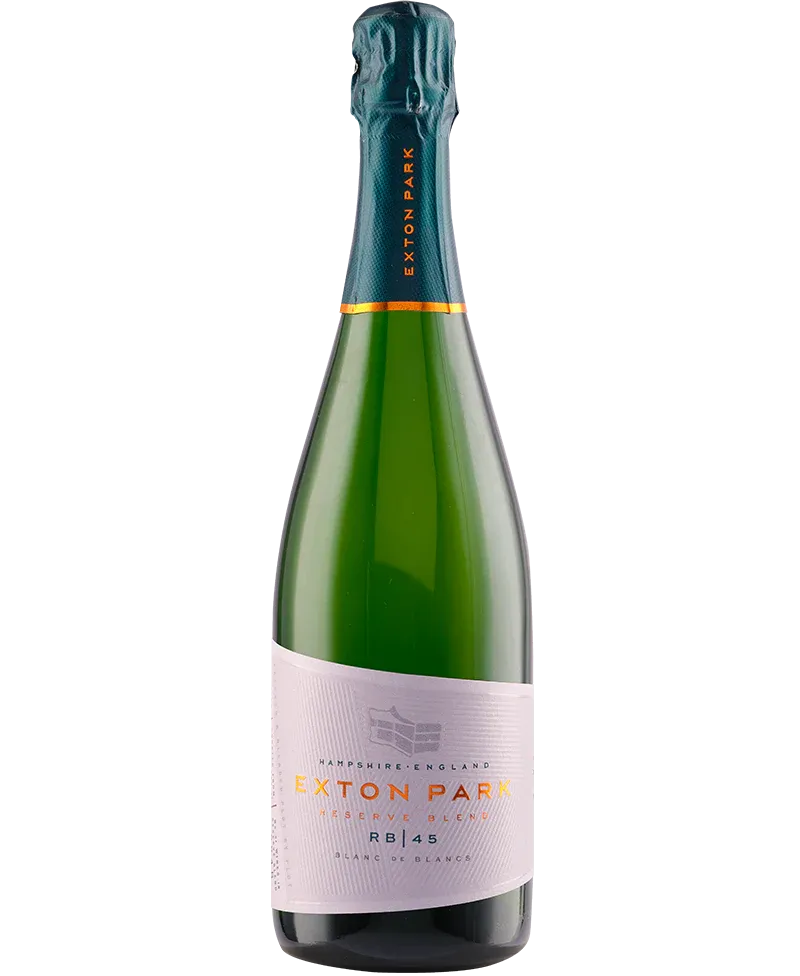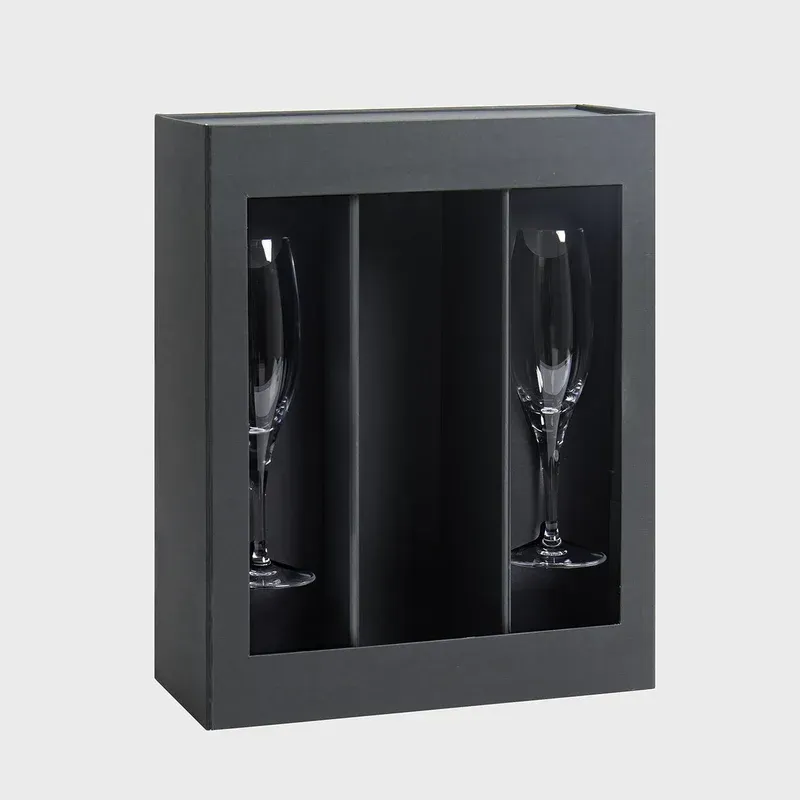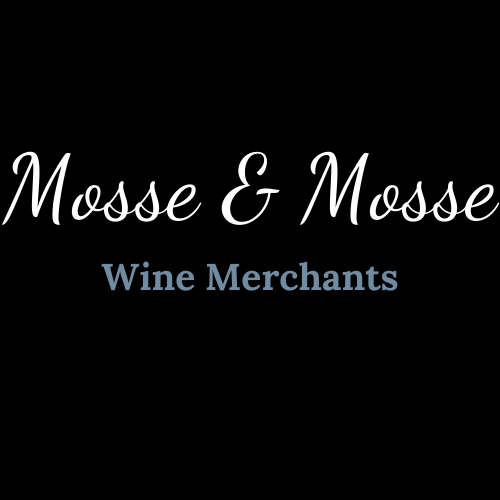Yes — you can absolutely send wine as a present within the UK, provided the parcel is handled by a licensed retailer and an adult signs for it on arrival. With the right merchant, packaging and courier, your chosen bottle will reach its destination intact, legal and ready to pour.
This guide distils everything you need to know into 15 practical tips: from checking age-verification rules and choosing a wine the recipient will actually enjoy, to insulating bottles against heatwaves and adding the finishing touches that turn a parcel into a thoughtful gift. Written for both first-time gifters and seasoned devotees, the article runs to around 2,500 words, keeps jargon to a minimum and sticks firmly to UK regulations. By the end, you’ll be confident enough to book a courier, track the shipment and raise a glass to stress-free gifting — whether you’re sending a single bottle of Burgundy or a case of celebratory Champagne.
Tip 1: Verify UK Alcohol Shipping Laws and Age Restrictions
Shipping wine is not the same as posting a book. Alcohol is a controlled product in the UK, so every parcel must comply with HMRC rules, carrier policies and the Licensing Act 2003. Ignore them and you risk fines, confiscated stock or—worse—your gift boomeranging back to you in pieces.
Why this matters
- Only businesses with an Alcohol Wholesaler Registration Scheme (AWRS) number may sell and dispatch wine.
- The recipient must be 18 + and able to prove it on delivery; the courier is legally obliged to refuse if no ID is shown.
- Parcels that omit the correct “Contains Alcohol – Signature Required” wording can be held or destroyed by the carrier.
How to stay compliant
Buy from merchants who display their AWRS number on the website or invoice.
- Choose couriers that offer Challenge 25 or similar age-verification services (DPD, Parcelforce Liquids, DHL Wine, APC).
- Print the exact wording “Contains Alcohol – Signature Required – Over 18 Only” on the shipping label.
- Email the tracking link to the recipient so they know ID will be needed.
Handy checklist
| Legal box to tick | Notes |
|---|---|
| AWRS licence shown | Check footer or T&Cs |
| Age-check courier booked | Challenge 25 service selected |
| Signature required flagged | Label printed clearly |
| Over-18 recipient warned | Tracking sent & ID reminder |
| HMRC duty paid (retailer) | Auto if buying from UK merchant |
Tip 2: Confirm the Recipient Will Be In to Sign
Even the most cushioned box is pointless if nobody is there to accept it. All licensed couriers insist on an adult signature for any parcel that contains alcohol, so timing the drop-off matters when you send wine as a present.
The signature rule
Under Challenge 25 guidelines, the driver must physically check ID if the recipient looks under 25. If no eligible adult answers the door, the wine heads back to the depot and a re-delivery fee—or outright return—often follows. Missed slots also expose bottles to extra van rides, vibration and temperature swings.
Practical steps
- Ask the recipient for a preferred delivery date and rough time window.
- Select nominated-day, weekend or evening services where offered.
- Provide the recipient’s mobile and email so they receive live tracking alerts.
A quick calendar check now can save days of rescheduling later.
Tip 3: Choose a Licensed UK Wine Merchant with Gift Expertise
A first-rate courier can’t compensate for a sub-par seller. The merchant is the one who sources the bottle, packages it, prints the legal paperwork and starts the tracking clock—so their competence (or lack of it) directly affects whether your present arrives on time and in one piece. When you send wine as a present, favour retailers that specialise in gifting rather than generalist marketplaces; they’ll have the stock, the licenses and the finesse to make the whole process seamless.
Key selection criteria
- Full AWRS licence clearly displayed on site and invoices
- Depth of range: classic regions plus ready-made gift sets and mixed cases
- Protective, gift-ready packaging included in the price
- Option to add a printed or handwritten message at checkout
- Strong reviews mentioning punctual delivery and customer service responsiveness
- Corporate gifting service (handy even for personal orders—it proves scale and expertise)
Red flags to avoid
- No age-verification step at checkout
- Vague shipping times (“3–10 days”) or no courier named
- Marketplace sellers shipping from overseas—import duty hassles, longer transit, extra breakage risk
- Returns or breakage policy hidden in tiny print
Example checklist
- What’s your AWRS number and who is your courier partner?
- Do you guarantee breakage-free delivery or refund/replace?
- Can you remove prices and include a personalised card?
If a merchant can’t answer these in a single email or phone call, keep shopping.
Tip 4: Pick a Wine Style They’ll Love (Plus Foolproof All-Rounders)
A great gift starts with a bottle the recipient actually wants to drink, not just one that looked fancy on your screen. The trick is to match their taste profile without interrogating them or spoiling the surprise. Use subtle clues, a couple of safe-bet styles and, if needed, a mixed case that covers all bases. Below are three mini-frameworks that make the choice quick and low-risk when you send wine as a present.
Know your recipient
Start with what you already know:
- Favourite dishes: spicy curry lovers often enjoy aromatic whites like off-dry Riesling; steak fans lean toward bold Cabernet or Rioja.
- Travel memories: raved about Tuscany? Try Chianti Classico.
- Instagram hints: photos of fizz at brunch suggest Prosecco or Champagne.
A fast shortcut is the colour-style-region grid:
| If they usually drink | Go-to style | Reliable region |
|---|---|---|
| Crisp whites | Zesty, unoaked | Loire Sauvignon Blanc |
| Rich whites | Creamy, oaked | Burgundy Chardonnay |
| Light reds | Juicy, low tannin | New-World Pinot Noir |
| Full reds | Structured, spicy | Rioja Reserva |
Fool-proof gifting wines
- Rioja Reserva 2018–19: silky, food-friendly and instantly recognisable.
- Champagne Brut NV: celebratory, pairs with almost anything.
- Marlborough Sauvignon Blanc: aromatic crowd-pleaser for summer.
- Côtes du Rhône GSM blend: versatile and value-driven for winter roasts.
Include a short tasting note and ideal food pairing on the gift card so the recipient knows why you chose it.
When in doubt
Opt for:
- A discovery mixed case (reds, whites or mixed 6×75 cl) so they can explore.
- A digital gift voucher delivered by email within minutes—perfect for last-minute givers and still personal when you add a heartfelt message.
Tip 5: Select the Right Bottle Size and Quantity for Royal Mail Rules
Before you grab any old carton, check that your planned shipment fits Royal Mail’s alcohol limits. Their counter staff work to a rigid checklist; if your parcel fails it, you’ll be turned away or, worse, the package may be destroyed mid-route. A two-minute check now saves an embarrassing phone call later.
UK parcel limits
- Maximum 1 litre of wine per individual container
- No more than two glass containers in any one parcel
- Total parcel weight must not exceed 2 kg
- Bottles must be wrapped in polythene, sealed, and surrounded by enough cushioning to absorb impact
- Outer box clearly labelled “Fragile Glass – Handle With Care”
How to comply
- Choose standard 75 cl bottles (well below the 1 litre ceiling).
- Sending three or more? Split the order into separate parcels or use a specialist wine courier.
- Add at least 5 cm of padding on every side and shake gently—nothing should rattle.
- Affix a bold “Contains Alcohol – Signature Required” sticker alongside the fragile notice.
Tip 6: Invest in Shock-Absorbing, Temperature-Safe Packaging
Once you’ve chosen the ideal bottle, the next priority is making sure it doesn’t leak, break or “cook” en route. Wine is notoriously sensitive to knocks and temperature swings, so quality packaging is the cheapest insurance you can buy when you send wine as a present.
Protective materials
- Double-wall cardboard outers rated at least 200 KT for crush resistance
- Moulded pulp or corrugated inserts that hold the bottle clear of every wall
- Inflatable air-sleeves or Flexi-Hex paper hives for added shock absorption
- Expanded polystyrene or rigid foam shippers for magnums and collectibles
- Thermal liners or phase-change gel packs to keep the internal temperature between 5 °C and 25 °C during hot spells
Packing method
- Place a neck collar or air-sleeve over the bottle.
- Position the bottle upright in the insert so no glass touches the outer carton.
- Add kraft paper or biodegradable peanuts around any voids—shake gently; nothing should move.
- Maintain a minimum 5 cm clearance on all sides.
- Seal every seam with reinforced tape and apply “Fragile” and “This Way Up” arrows.
Sustainability angle
Eco-minded recipients notice packaging. Many UK merchants now offer FSC-certified boxes, plant-based air cushions and compostable starch peanuts. Choosing these keeps the carbon footprint low without sacrificing the vital shock and temperature protection your wine needs.
Tip 7: Add a Personalised Gift Message or Card
A neatly packed bottle is practical; a neatly packed bottle with a heartfelt note is memorable. When you send wine as a present, a short message transforms it from a transaction into a keepsake, giving the recipient context, warmth and a smile before the cork is even pulled.
Why it elevates the gift
- Signals that you chose the wine for them, not just for convenience
- Creates an instant emotional connection that out-lasts the liquid
- Helps the recipient remember who to thank after the celebration
Best practices
- Keep to roughly 250 characters so the text prints clearly on standard gift slips.
- Upgrade to a hand-written card for £2–£4 if the merchant offers it; pen strokes feel premium.
- Double-check spelling of names, dates and unusual accents before hitting “Confirm”.
Tone tips
- Open with the occasion (“Happy 40th, Jess!”).
- Mention a shared memory or future toast.
- Sign off with your first name; full signatures can feel formal.
Tip 8: Remove Pricing and Include a Gift Receipt
Nothing puts a dent in the wow-factor faster than an invoice flapping around inside the box. When you send wine as a present, treat the paperwork like gift-wrap: tasteful, discreet and useful only to the recipient. A gift receipt lets them swap vintages if tastes differ, yet keeps the price between you and your card statement.
Gift-friendly documentation
- Ditch line-by-line costs, VAT breakdowns and promo codes
- Include basic details only: wine name, vintage, merchant contact, returns window
- Fold into an envelope marked “Gift Receipt—No Prices”
How to do it
- Tick “Send as a gift” or “Hide prices” at checkout—most licensed merchants offer the option.
- Ask for the full invoice to be emailed to you, not printed.
- Slip the gift receipt under the greeting card, keeping the unboxing tidy and stress-free.
Tip 9: Opt for Tracked, Next-Day Delivery Services
Every extra day in transit multiplies the odds of heat spikes, clumsy handling and missed signature attempts. Cutting that window to 24 hours—and being able to watch the parcel move on your phone—keeps both bottle and recipient happy.
When you send wine as a present, book a courier that specialises in liquids, offers Challenge 25 age checks and pushes live updates to you and the giftee.
Courier comparison
| Courier service | Speed to mainland UK | Typical cost for 1 × 75 cl | Included insurance* |
|---|---|---|---|
| APC “Liquid” | Next-day (by 16:00) | £8–£10 | £100 |
| DPD “Age Verify” | Next-day (1-hour ETA) | £7–£9 | £50 |
| DHL Wine | Next-day (pre-12) | £10–£14 | £250 |
| Parcelforce Express 48 Liquids | 24- to 48-hour | £9–£11 | £100 |
*Higher cover available at checkout.
Benefits of tracking
- Real-time ETA texts reduce missed deliveries
- Photo proof confirms the parcel reached the right door
- Instant alerts allow you to intervene if the route stalls
Cost vs. peace of mind
Next-day tariffs are only a pound or two above economy rates, yet they slash exposure to breakage and temperature swings—cheap insurance for a gift you can’t easily replace.
Tip 10: Schedule Delivery to Avoid Extreme Heat or Cold
A perfectly packed bottle can still arrive ruined if it spends a day baking in a van or freezing on a depot floor. Timing is the easiest—and cheapest—weapon you have against temperature abuse when you send wine as a present. A little calendar savvy protects flavour, aroma and the cork itself.
Wine’s temperature sensitivity
Wine likes the same climate we do: 12 – 18 °C. Push it above roughly 25 °C for more than a few hours and you risk “cooking” the liquid, dulling fruit and flattening acidity. Drop it below 0 °C and tartrate crystals form, corks contract and oxygen sneaks in. Once damaged, no amount of decanting will revive the bottle.
Seasonal strategies
- Book early-morning collections in summer so parcels travel before vans heat up.
- Skip Friday dispatch during heatwaves; a weekend in a metal hub can add 10 °C.
- Use insulated shippers or cold-packs when the forecast exceeds 25 °C.
- In rare UK cold snaps, delay shipment or choose a premium service with heated depots.
Signs of heat damage
Look for sticky corks, capsules pushed proud of the neck, cloudy colour or aromas of stewed fruit. If any appear, photograph the evidence immediately and contact the merchant for a replacement under their breakage-and-spoilage policy.
Tip 11: Insure Valuable or Rare Bottles Against Loss
If you’re sending that 1990 Grand Cru Burgundy or a limited-edition English fizz, the standard £50–£100 carrier liability won’t even touch replacement costs. Breakages are rare, but vans go astray and depots mis-sort parcels every day in the busy festive run-up. Spending a few quid on extra cover is the cheapest way to sleep at night after you send wine as a present that’s irreplaceable.
When insurance is essential
- Bottles retailing above £100 RRP
- Older vintages or discontinued cuvées with no retail equivalent
- Corporate gifts where damaged stock dents reputation as well as wallet
- Multi-bottle hampers totalling over the courier’s basic limit
Types of cover
- Enhanced courier cover: tick the “Liquids – extended value” box with APC, DPD or DHL; costs about £2–£5 per £500 declared.
- Goods-in-transit policies: annual cover from specialist brokers like Hiscox; worthwhile if you ship regularly.
- Merchant replacement guarantee: reputable retailers will re-ship at their expense if you’ve declared the full value and photographed damage on arrival.
Document the bottle’s worth on the dispatch note and keep receipts—claims departments move faster when proof is organised.
Tip 12: Consider Eco-Friendly Packaging Materials
Your chosen bottle might be organic and biodynamic, but if it turns up swaddled in virgin plastic it won’t feel very green. Switching to planet-friendly packaging is straightforward, adds little cost and taps into the growing number of UK consumers who favour low-impact gifts.
Consumer expectations
Surveys by WRAP show over 60 % of shoppers prefer brands that minimise waste. Using recyclable or compostable cushioning shrinks your carbon footprint and gives recipients an easy conscience—and bin day is simpler when everything goes in the kerbside box rather than landfill.
Materials to look for
- FSC-certified double-wall cardboard
- Water-based, soy or algae inks for branding
- Moulded pulp or Flexi-Hex paper sleeves instead of polystyrene
- Corn-starch or potato-starch “peanuts” that dissolve in water
- Recycled kraft tape, not PVC
Dodge bubble-wrap wherever possible; air pillows made from recycled LDPE are the minimum acceptable if paper options won’t do.
Tip 13: Pair the Wine with Complementary Treats or Glassware
Wine already feels special, but matching it with a few well-chosen extras turns a good parcel into a full sensory experience. Whether you’re building a birthday hamper or a year-end thank-you, thoughtful pairings boost enjoyment and make you look like a gifting pro.
Hampers and add-ons
- Mature Cheddar or Manchego for hearty reds
- Truffle crisps or olives for crisp whites and fizz
- Single-origin dark chocolate for Port or late-harvest styles
- Branded stemware or a polished corkscrew for a keepsake touch
Packaging considerations
- Use compartment dividers so jars and glasses can’t knock the bottle
- Vacuum-seal perishables and add chill-packs if transit might top 25 °C
- List allergens on the enclosed gift receipt to stay food-safe and compliant
Upsell ideas for corporates
- Engraved tasting glasses with the company logo
- A custom note suggesting “virtual happy hour” pairing ideas
- Tiered hampers (bronze, silver, gold) that scale from single-bottle token to deluxe six-bottle feast
Adding even one of these extras is an easy way to upgrade how you send wine as a present—no sommelier required.
Tip 14: Keep the Surprise: Discreet Branding on the Outer Box
A gift loses half its magic if the courier turns up waving a giant winery logo. Neutral packaging keeps opportunistic porch pirates guessing and saves the recipient from spotting the brand and ruining your carefully planned reveal.
Why subtlety counts
Plain outers don’t advertise that alcohol is inside, reducing theft risk and under-age curiosity. They also preserve the “What’s in the box?” anticipation—especially handy if the delivery lands a day or two before the occasion.
Implementation
- Ask your merchant to pack the bottle in an unmarked export-grade carton, with branding only on the internal gift box.
- Replace “Wine” on the shipping label with the generic “Special Delivery—Fragile Glass”.
- Ensure any customs or duty paperwork (when applicable) is slipped inside a clear pouch on the underside, out of casual view.
- If sending multiple gifts to one address, code names the cartons (“Box A”, “Box B”) so the host opens the right one first.
Tip 15: Offer a Wine Subscription or Future Delivery Voucher
Sometimes the smartest way to send wine as a present is to let the recipient decide when—and what—they drink. A pre-paid subscription or digital voucher arrives within seconds (ideal for last-minute givers) and keeps the excitement alive long after the first email ping.
The gift that keeps on giving
Monthly or quarterly deliveries expose the recipient to new producers, regions and styles without them lifting a finger. Reputable merchants tailor cases to taste preferences, include tasting cards and often throw in subscriber perks like virtual masterclasses or first dibs on limited releases. It’s a rolling celebration instead of a one-off cork pop.
Best practice
Make activation painless: provide a simple redemption code, clear expiry date, and a link to set delivery preferences. Add a short note explaining how to pause shipments during holidays, and reassure the giftee that age-verification still applies on each drop.
Raise a Glass to Stress-Free Gifting
Tick the legal boxes, pick a bottle that suits their palate, pack it like a pro and book a next-day, age-verified courier: those are the 15 ingredients for sending wine that arrives on time, intact and appreciated. From confirming someone will be in to sign, through eco-friendly cushioning and discreet outer branding, to optional insurance for trophy vintages, each tip removes a common snag so you can focus on the fun part—choosing the wine. With everything planned, sending wine as a present inside the UK is no harder than ordering dinner.
Ready to put the theory into practice? Browse the gift-ready bottles, hampers and subscription options at Mosse & Mosse and let our nationwide delivery team handle the rest. Cheers to effortless generosity!


